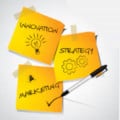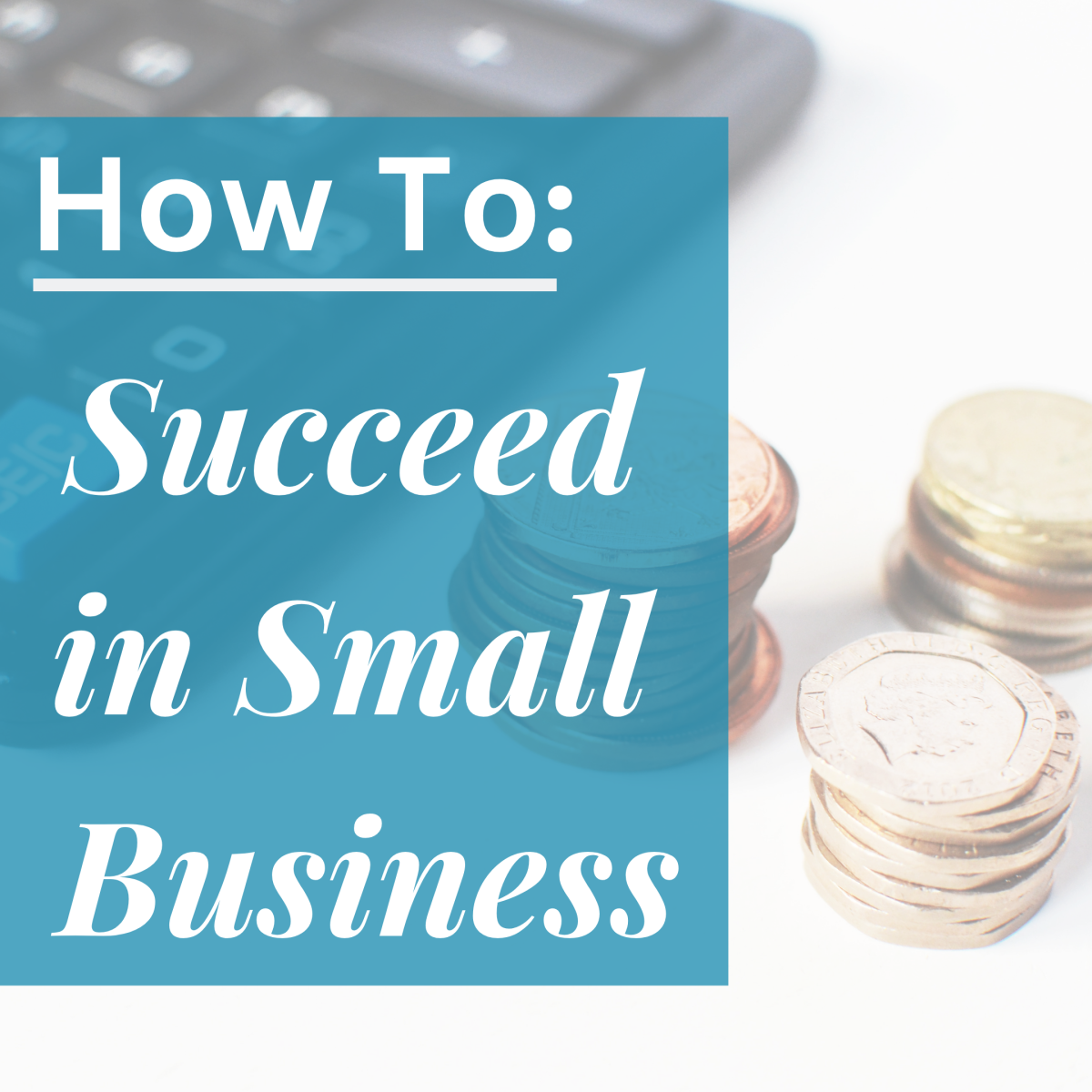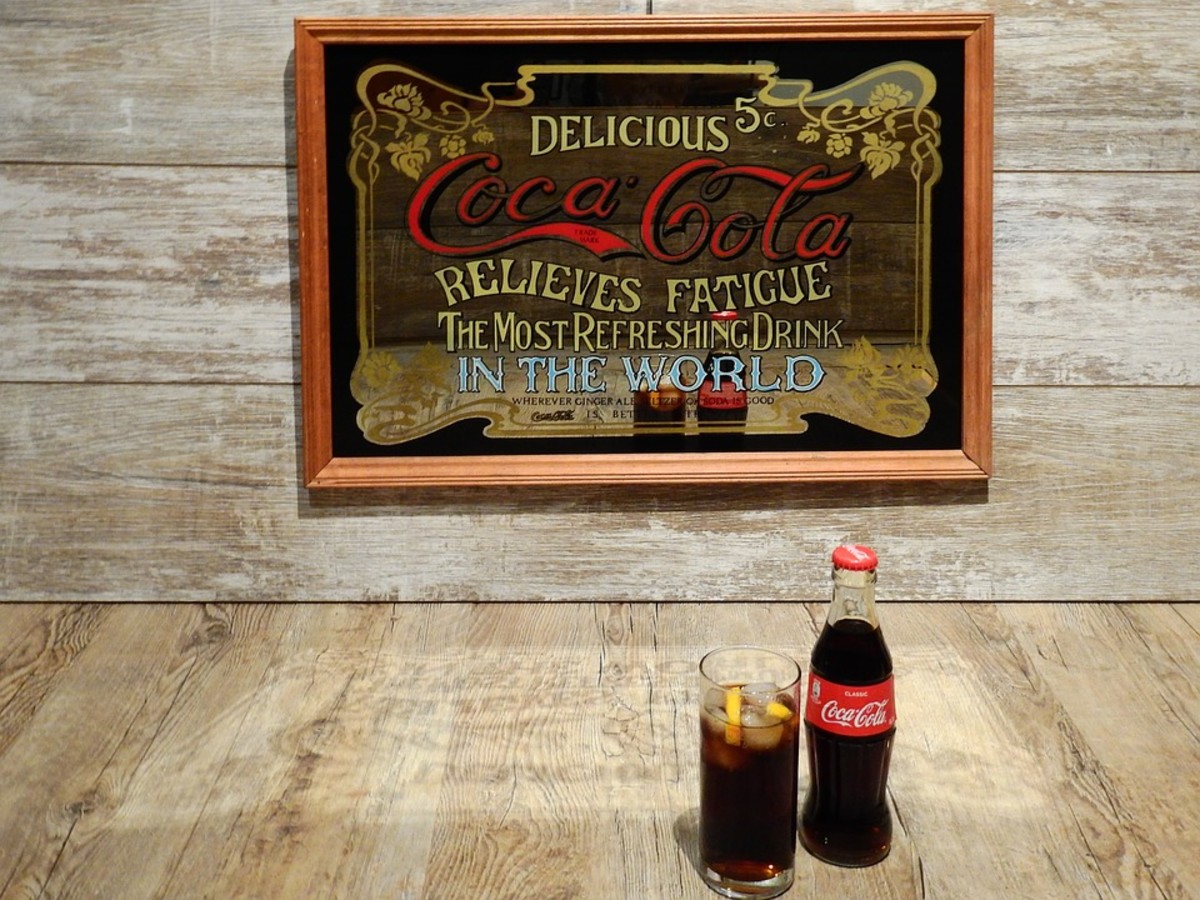Entrepreneurial Cycle in small business

Entrepreneurial Cycle
Introduction
The success or failure of a business depends to a certain extent upon the environment. Hence, it is necessary to know the different factors that affect business operations. The entrepreneur must be able to identify and analyze prevailing business conditions. He must view the internal and external environment with the same outlook.
He must know the goals and policies of the government regarding entrepreneurial activities. He must also take into consideration the role that will be played by his business in the economy of the country.
Inasmuch as the elements of the total environment directly or indirectly affect and are affected by the business operation, it is of utmost importance that the entrepreneur must be able to respond effectively to such an environment.
The Stages in the Entrepreneurial Cycle
1. Resources — this refers to a new or reserve source of supply of something. From the viewpoint of society, an enterprise justifies its existence by converting resources into desired outputs. Resource inputs of labor, materials, ideas, government support, capital, and the like are converted by a firm into outputs of goods, services, employment, stimulating experiences, markets, and other things desired by those who provide the inputs.
2. Process — determines how the product or service will be produced. There are phases to be followed in the process selection.''
a. Major technological choice — Does technology exist to produce
the product?
b. Minor technological choice — What transformation processes
will be used?
c. Specific component choice — What type of equipment (and degree of automation) should be used?
d. Process flow choice — How should the product or service flow through the operation system?
The final process-selection step determines how materials and products will move through the system. The phases in process selection are closely interrelated. In each phase, choices should be made to minimize the process operations cost.
3. Product/Service — refers to the output of the enterprise. This is influenced by the technology available and the operations structure within the organization. It is a strategic task involving marketing, finance, and operations. Processes involved to determine the product or service to be produced are:
a. Research — generate the product/service idea
b. Selection — choose those that are technologically feasible, marketable, and compatible with organizational strategy
c. Design — develop design specifications for the product or service
d. Product — it may be a tangible object, a service, or an idea that is offered by one party in exchange for something — money, patronage, moral support, votes, and the like.
Three Concepts of a Product
1. Generic Product — Definition of a product in terms of what it is made of or what comes out at the end of a production line, or what a factory produces.
Knowing the generic product is important because this is the basic benefit consumers look for in a product. Sometimes a manufacturer has a different view of the generic product or functions of a product from his customers. Also, different customers may view the generic function of the same product differently. The generic function also changes through time. Limiting one's concept of a product to its generic functions is ineffective, however, especially because the same generic function is usually performed by several competing brands.
- Formal Product—Another way of identifying a product is by its core or generic function and the manner by which it is presented. Thus, the generic function in addition to the product quality level, features, styling, brand, and package constitute what is referred to as the formal product. These elements of the formal product are easily identified in physical objects although they have their counterparts in service or intangibles. The additional elements of a formal product other than its core or generic elements are explained below.
a. Product quality — This refers to the ability of the product to perform certain functions.
b. Product features — The features of a product refer to the structural characteristics that enable it to perform or function as expected. The factors that comprise a product's structural characteristics are size, shape, form, color, material, odor, and tactile qualities.
While added features cost money, they can also bring in more money because they improve the marketability of a product. The correct combination of product features can give a product added attraction some of which are the following:
a. Make the product easier to operate or use.
Some examples are the no-frost refrigerators, digital watches, and remote-control television sets.
b. Improve the product's durability or quality
c. Improve the product's appearance
d. Generate new uses for the product to make it more versatile
3. Product Style — The style of a product refers to the aesthetic characteristics of a product. These characteristics "involve both the actual design, shapes, colors, and other less clear-cut, ornamental features which together help create an appealing, attractive, and distinct product."
4. Profit — These is income earned over an extended period of time. Profitability ratios are designed to put company profits into perspective as a measure of the organization's efficiency of operation. It must be compared with other time periods or industry averages in order to be meaningful.
Profit is not a cause but a result — the result of the performance of the business in marketing, innovation, productivity. It is a needed result, serving essential economic functions.
Profit is, first, the test of performance — the only effective test, as the communists in Russia soon found out when they tried to abolish it in the early 1920s. Indeed, profit is a beautiful example of what engineers mean when they talk of feedback, or the self-regulation of a process by its own results.
Profit alone can supply the capital for tomorrow's jobs, both for more and better jobs.
And finally, profit pays for the economic satisfactions and services of society, from health care to defense, and from education to the opera. They all have to be paid for out of the surplus of economic production, that is, out of the difference between the value produced by economic activity and its cost.








